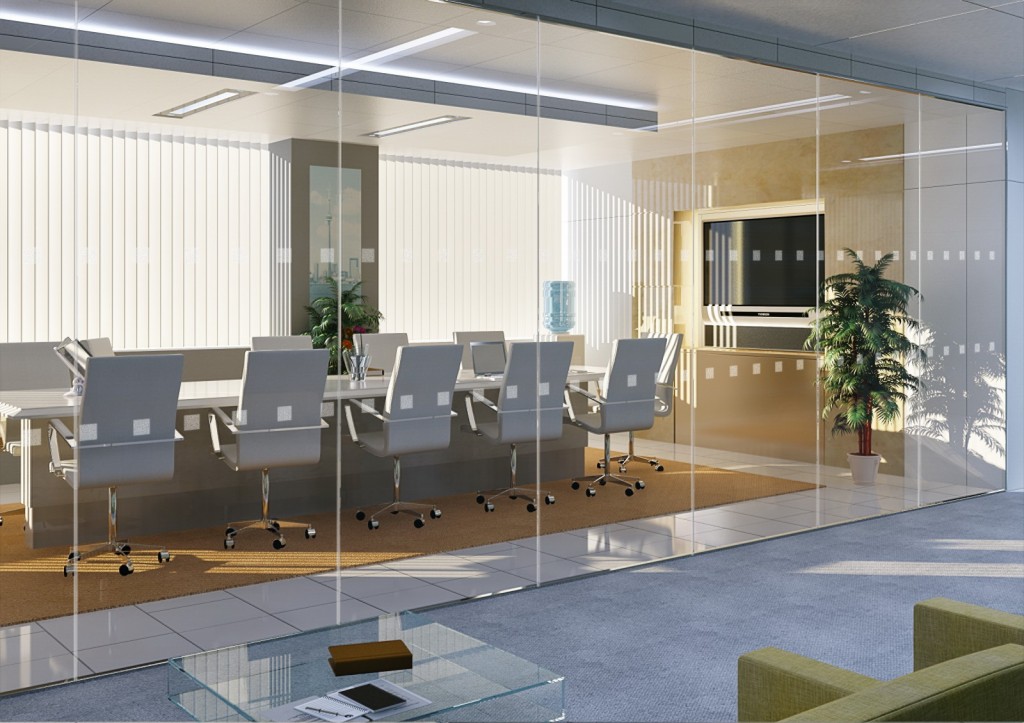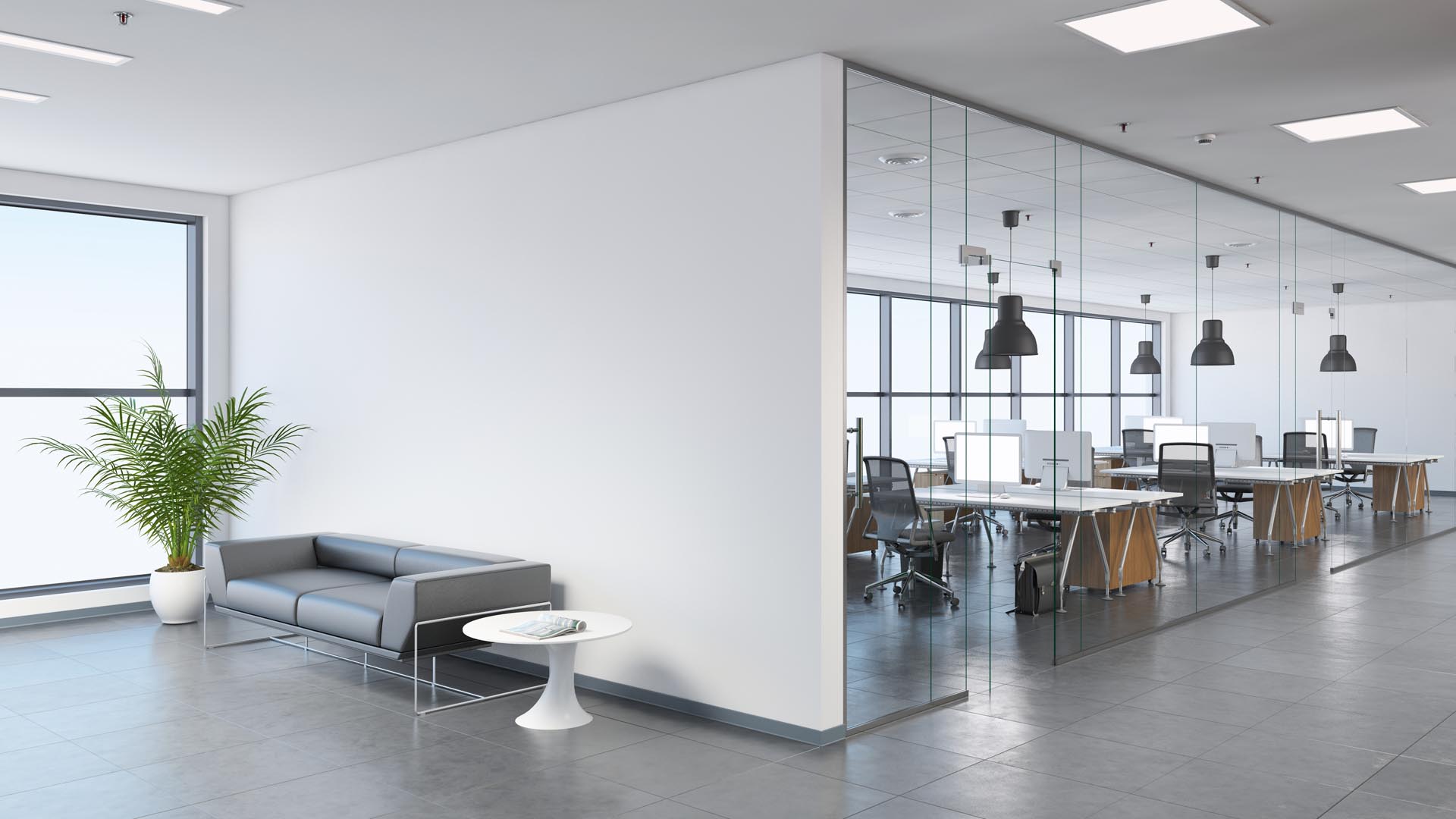Advantages and Disadvantages of
Smart Window Film
Thermochromic technology and switchable glass are two of the main features of
smart window film. You may also be interested in the cost of AC-powered versions.
Let’s examine these options กระจก ทึบ แสง. What are the advantages and disadvantages of smart
window film? Here’s a brief review of each. If you are considering using one, make
sure you choose the best one for your home. Here’s how it works:

Switchable glass
Often referred to as privacy glass, switchable smart window film can convert
between an opaque and clear state Smart Glass technology. This innovative technology works on an
electrochromic or thermochromic mechanism to change from one state to the other.
It can even be used for closet doors! With its advanced features, smart glass will
transform between a clear and opaque state and even allow you to change the color
of the film based on your preferences.
This film is available in various colors, thickness, and sizes. It has a PDLC coating
that blocks 90 percent of ultraviolet light. Additionally, it is heat and fire resistant. It
also saves energy and air-conditioning costs. Suitable for 2D curved glass, smart
film is also available in 110VAC and 230V. Switchable glass is an excellent option for
those who are concerned about privacy or would like to reduce their energy bills.
Thermochromic technology
Thermochromic materials commonly used in smart windows are inorganic phase
change materials or organic polymers. Inorganic phase change materials are most
commonly used, with vanadium dioxide receiving most of the attention in recent
years. It undergoes a phase transition from an insulator to a metal at a critical
temperature (T). This material exhibits a significant contrast in transmittance in the
IR region, with negligible change in the visible region.
These materials can help prevent heat buildup in buildings. They can help buildings
cool off naturally by rejecting heat while letting good light through. They can even
help with passive cooling. The film is available in a variety of colors to match the
existing decor of any building. However, a major hurdle in the development of this
technology is that it requires electricity for switching. However, thermochromic
materials don’t require electricity to change their color. Instead, they react passively
to heat from the sun and change color.

AC-powered options
If you’re looking to install smart window film in your home, you have many different
options. Some smart films are battery-powered, while others require an electrical
circuit. It’s a good idea to choose a company that has experience installing these
films. This will ensure high performance and minimize maintenance. If you’re
installing smart film in your home, make sure to contact an electrician for the
installation. You’ll need to run an electrical circuit to the smart film, so make sure
your electrician has plenty of experience working with the product.
Smart window film is made from thin sheets of PDLC. They work by sensing light
levels and switching between transparent and opaque states. They’re typically
applied to interior glass walls, windows, and doors, and offer a dynamic layer of
privacy when required. These films can even serve as a background for projectors if
you need to show a movie or play a video. AC-powered smart film options can be a
great choice if you want to control the light and privacy of your windows.
Cost
The cost of smart window film is dependent on the quality of the product. The cost of
smart adhesive films is cheaper than those of smart glass windows, but automatic
switchable privacy glass is significantly more expensive. Both these features are
worth the additional cost because they eliminate the need for blinds and reduce
energy and cleaning costs. A quality product will last for years. Read on to learn
about the costs and benefits of smart window film. It’s also possible to save money
by installing several films on a single window.
The cost of smart glass varies greatly depending on the type of film and how much
of it you need. While the price for smart windows can be as low as $50 per square
foot, the price for installation varies considerably. It can be as simple as removing a
few clips and installing the film, or it can be as complicated as removing and
rebuilding the window frame. Smart glass installation costs from $15 to $30 per
square foot.
